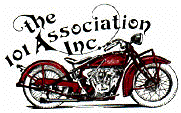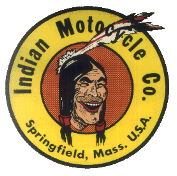The stud is solid, the casting turned down for the stud and nut threads, and those threads of yours are ruined. If you want to save the nut, I would drill out the center and break off the nut. Then replace the outer threads only in the stud, drill and thread and glue a pinbolt in, or just press in a pinbolt in a blank hole and either pin it or hard solder it in position. Restore the nut threads might be possible but the nut material is most probably stretched and unsafe to use. A nut can be bought new or found used.
Mind you the plunger cylinder is a very vital part! The 7/16" thin stud for it is always worn from all the vibrations in the front wheel. Not recommend at all to replace the entire stud right from the base, as it is only a thin casting and very difficult to do in an entirely safe way. It might be the best idea to buy a entire new repro front brake plunger cylinder!
The front fork lug hole is worn oval, always. It should have ample play so the cylinder can't bind, but if necessary it can easily be drilled out and a steel sleeve can be pressed in. Brass would wear quickly and a lot of play makes rattle and noise.
Another method to restore the lug/stud play would be if I decided the stud safe enough from wear and strain, to press a steel sleeve over the stud and drill the lug for that.


